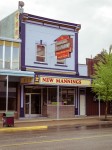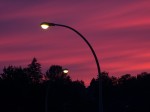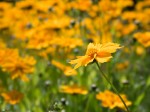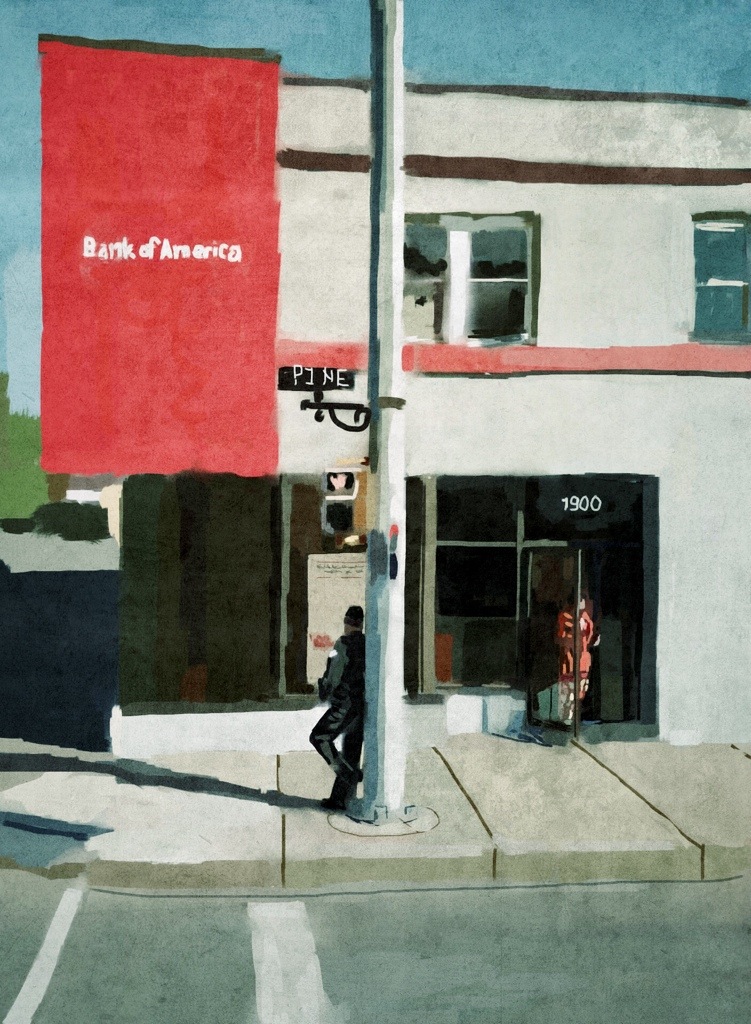Mar
30
2016

Image created in camera by moonlight using 4 30second exposures
One of the restrictions of many DSLR cameras is the limit of the longest exposure you can set is 30 seconds. This forces you to use bulb mode and a separate method of timing the exposure. There is an alternative though with newer Pentax cameras such as the K-3, K-3II and recently announced K-1. The way it is achieved is by changing the drive mode to interval composite. When set to this mode you also want to set the combining to additive so that all the exposures are summed together into one file. 
Next select an interval that is larger than the length of the exposure (This is a necessary setting). So if your going to use the 30 second maximum set this to around 33 seconds as that allows enough time for the exposure and processing of the file. After that it’s just a matter of selecting how many exposures or in this case how many times 30 seconds. For example 4 exposures would equal 2 minutes, 20 would result in a total of 10 minutes. There is a drawback and that is the necessary short gap between exposures. If there is something moving in a predictable way such as a star it’s going to leave a small gap where it isn’t recorded.

Here the multiple exposures have given my time to walk around in the scene and manual trigger a flash
Of course you can also use a shutter release cable in bulb mode and lock it down I just wanted to present an alternative method that is more automatic and controllable
Back before digital there really was only one way to create star trail images and that was to use a very long exposure and some trial and error. You can still do this but digital sensors behave differently than film over long periods and digital noise can become an issue. Some people have used a different method where they capture multiple images over a period of time perhaps hundreds of them and then stack them using computer software. The new Pentax K-1 apparently has a new composition mode that facilitates doing this in camera referred to as star streams (It turns out that that feature is actually a method of creating 4K time-lapse movies where the star trail ends fade out after a period of time, it will be interesting to see) but I wanted to share how you can do it now with the K-3 or K-3II
You still use the image composite drive mode but rather than setting the combining to ‘additive’ you want to set it to ‘bright’

This way bright objects such as stars will be added to the exposure while darker things such as a foreground will be left dark. This is different from a long exposure because of the way the frames are combined and is most easily illustrated. The following pictures where both taken with settings of ISO 1600 f5.6 120 Seconds. The one on the left with bulb mode and the one on the right by combining 8 15 second exposures.
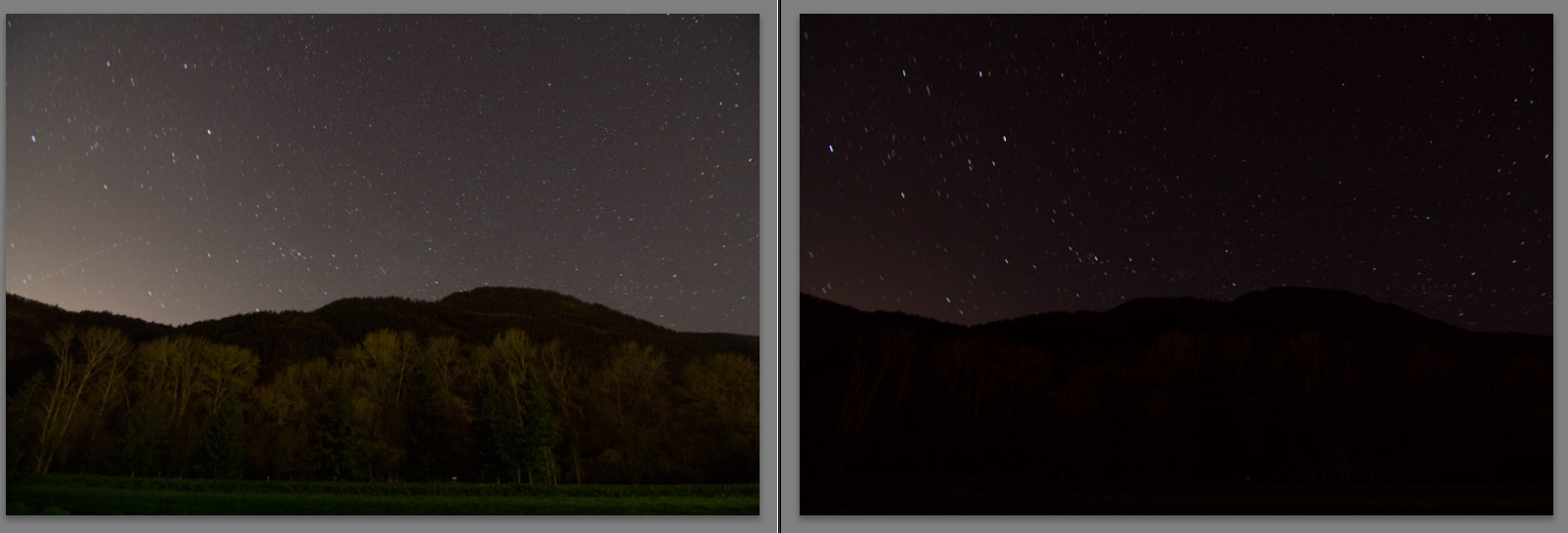
While not long enough to really show the star trails yet you can see that the accumulation of light pollution and noise is having an adverse effect on the long exposure more than the composite image. Also at some point continuing on in bulb mode the foreground would become over exposed.
In this next image I’ve stepped it up to 18 exposures of 20 seconds for a total of 6 minutes which is still too short a time to create a dramatic image but this can easily be extended further by just adjusting the number of images to be ‘stacked’

If I get a clear night in the near future I will update this with a longer capture. The point though is that there are tools built into these cameras that are waiting for creative exploration. As a side note the image that is generated can be a RAW file and tends to have less noise due to the combining of the images. Also generating images in this way doesn’t require dark frame subtraction and the time penalty that entails. Although the dark frame count down timer on the top LCD is a nice touch its like waiting for water to boil and is lost time. And of course you aren’t burdened with dealing with a whole pile of files on your card and in your computer which is a very film like notion.
5 comments | tags: Digital, long exposure, Pentax, star trails | posted in Cameras, Photography, Uncategorized
Nov
8
2014

Having bought one of the original Pentax Q cameras and having a few lenses for it, it seemed like an easy decision to then pick up this camera combination when it was on sale. First let’s get the main caveat of this camera out-of-the-way. Yes it has a tiny little sensor but if that is the only thing you go by your missing out on a fantastic little camera that does an admiral job of creating images. While it isn’t much larger than a point and shoot camera its versatility leaves all others behind. I have a selection of lenses from fish eye to adapted lenses equivalent to 500mm and beyond but for this post I’ve limited the images to those shot with the 5-15mm kit lens (23-69mm equivelent in terms of 35mm film). The combination does have quite a bit of chromatic aberration as seen in the 200% RAW detail at the top left but with a quick one click adjustment in Lightroom it can be somewhat mitigated as seen on the bottom right.
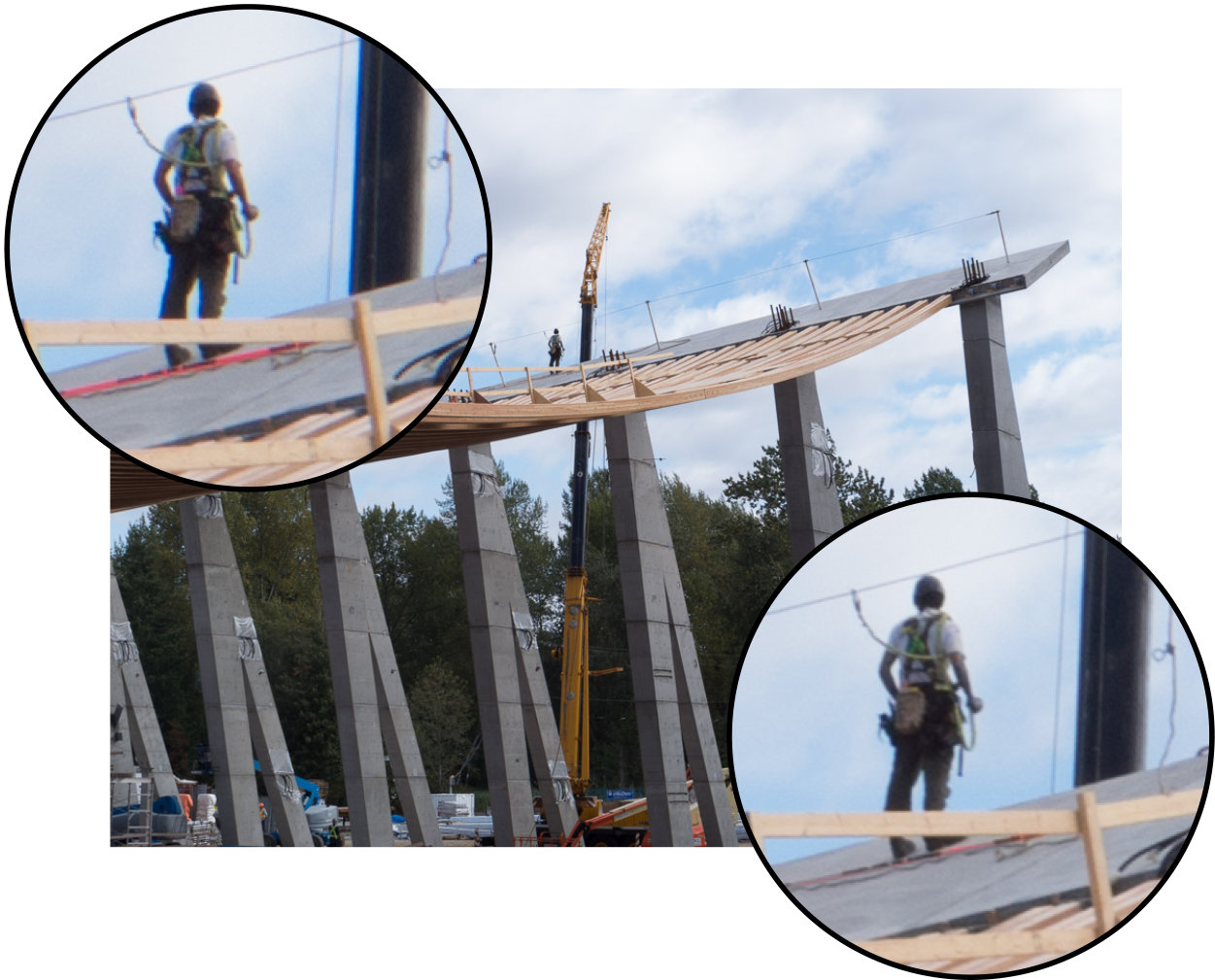
It’s small size means that I am more likely to take the camera along where every I go and the versatility of it means that I rarely feel like I needed a better camera. There is even more to this little beast that I’m not touching on but as a straight forward photography tool it packs a ton into its tiny little package. The pictures that follow are a mix of images straight out of the camera and some edited to be more in line with what I intended. Using the Q7 reminds me to have fun and create images rather than obsess over the technical aspects. (Yes those first two images are meant to look grainy and pictorial)
And finally if you click on the image bellow a full resolution image will open that I think demonstrates how much this camera and lens can resolve. It exceeds what I have been able to achieve with 35mm negative film in resolving power and rivals my older DSLR which is quite a feat.

no comments | tags: camera, Digital, Pentax | posted in Cameras, Photography
Sep
24
2014

The Pentax Q has a tiny little mouse dropping of a sensor, 1/2.3″ (a measurement as clear in information as liters/100km would be to a horse that just found out he had one horespower) What it means though is that it only has about 1/30 of the surface area of a 35mm film frame. If you want to equate the field of views between those two disparate sizes while using the same lens you need to multiply the focal length by 5.6 on the Q. In this case the DA 40 XS would wind up being the equivalent of a 224mm f2.8 lens on 35mm film. And that is what makes this a neat little combination, it functions like a close focus telephoto and because the lens is so thin it fits the little camera nicely. Another benefit of the small sensor is that it provides greater depth of field for a given aperture. I know that sounds counter intuitive in this ‘thin is in’ shallow depth of field mad world but when you’re measuring it in millimeters having a little extra in focus without the need to stop the lens down can be a real advantage. So not only is the DA40 XS a great lens on an APSc DSLR with an adapter it fits nicely on the Pentax Q and here is another hint ‘it fits on a 35mm SLR’ too Pentax-DA 40mm F2.8 XS on film.
3 comments | tags: adapter, Digital, Pentax | posted in Cameras, Photography
Jun
29
2014
The third and final gallery of digital images from my trip to Niagara Falls Ontario. There are more images but I think that the ones I have selected in addition to my film images already cover the area as I see it well enough.
The other posts are here Niagara Gallery 2 Niagara Gallery 1 and My musings on the area as it is today Two Niagara Falls
no comments | tags: Digital, Photography | posted in Photography
Jun
20
2014
The second of three galleries of images from my trip to Niagara Falls Ontario Gallery One Two Niagara Falls
1 comment | tags: Digital, Photography | posted in Photography
Jun
11
2014
Aside from my film and other posts on Niagara Falls I have many other digital images that I would like to share that further illustrate my post Two Niagara Falls. I am breaking this up into 3 seperate posts of 24 images each this one being the first. There may be some cross over with my film photography as I often take one of each.
1 comment | tags: Digital, Photography | posted in Cameras, Photography
Jun
4
2014

On my recent visit to Niagara Falls Ontario I really saw two places in an uncumfortable coexistence. There was the bright lights and tourist shops and then there was gritty part of Niagara that appeared left behind decades ago.
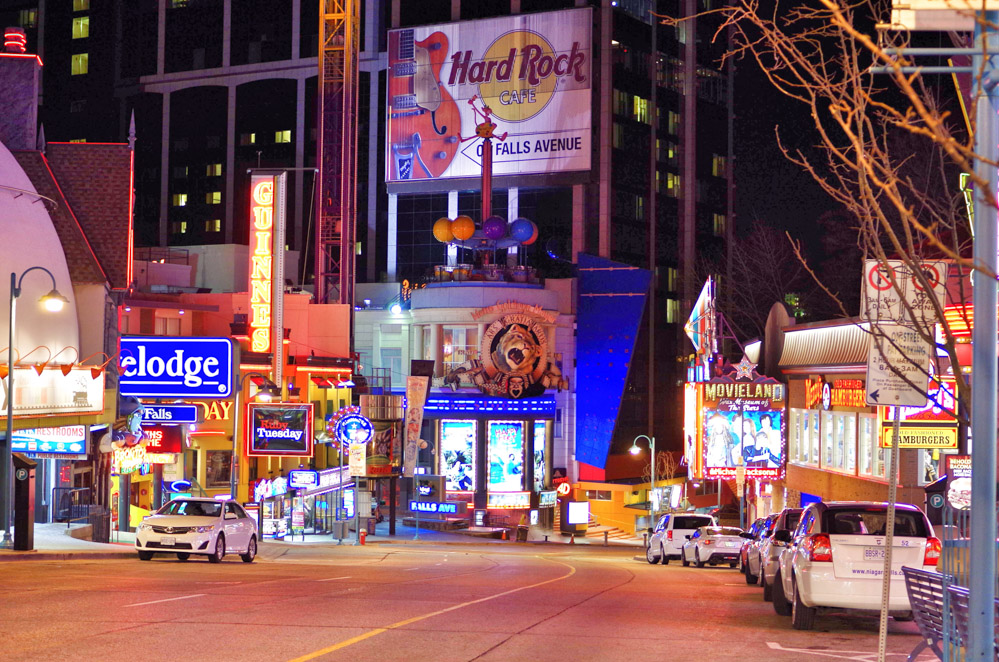

There also seemed to be a nearly inexhaustible supply of empty motels and businesses surrounding the city. No longer needed for tourists that aren’t there.
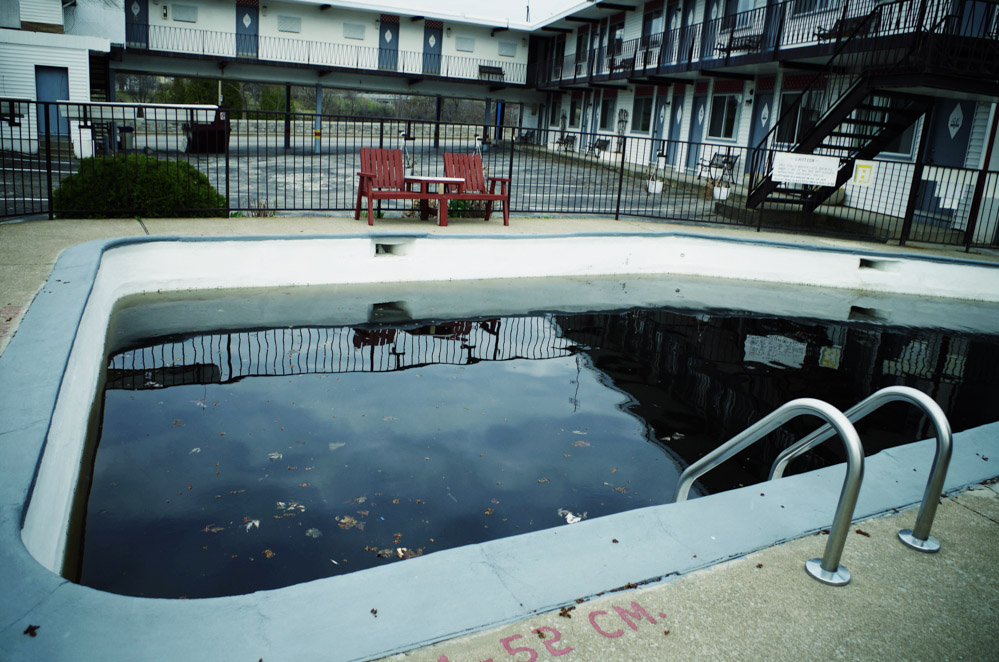



To be fair I was there during May not what you would think of as high tourist season but I still think that of those people who were visiting seemed less likely to have arrived in a car and more likely to be staying at one of the larger hotels. I think there lays the difference from the past and why Niagara Falls is a concentration of restaurants and tourist traps around the one true attraction, the falls themselves.

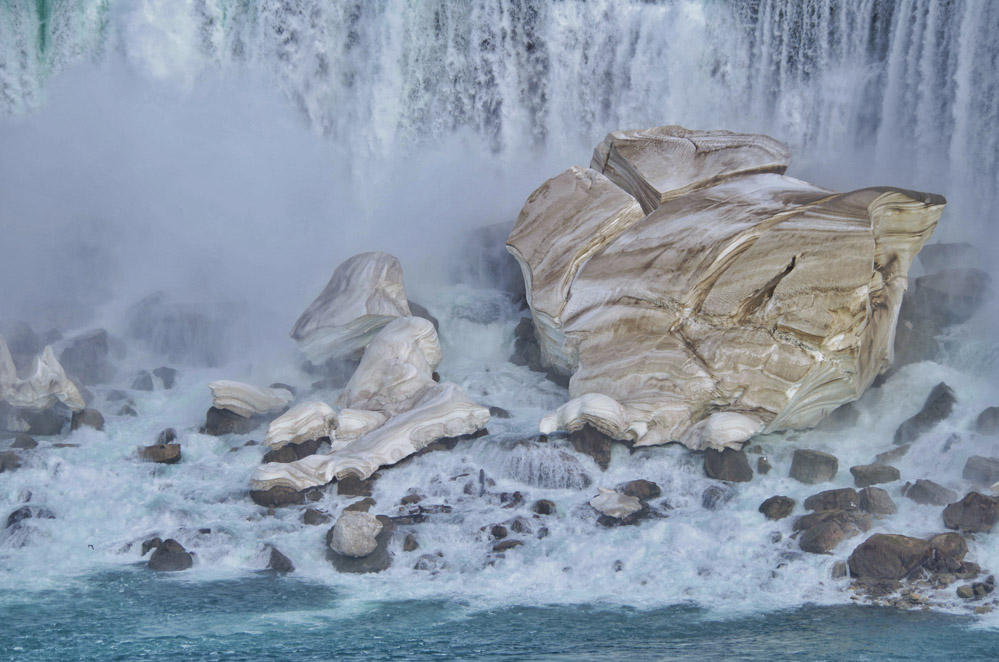


I will have more photos to share from this trip as I shot both film and more digital images. I would have loved to have visited the American side of the falls too. I’m sure I would have discovered yet another visual story.
no comments | tags: Digital, Photography | posted in Art observations, Photography




























